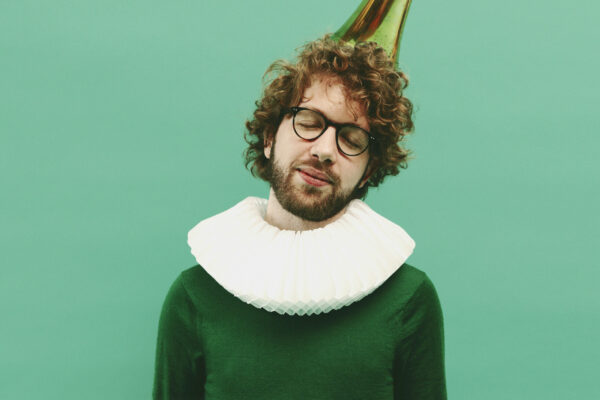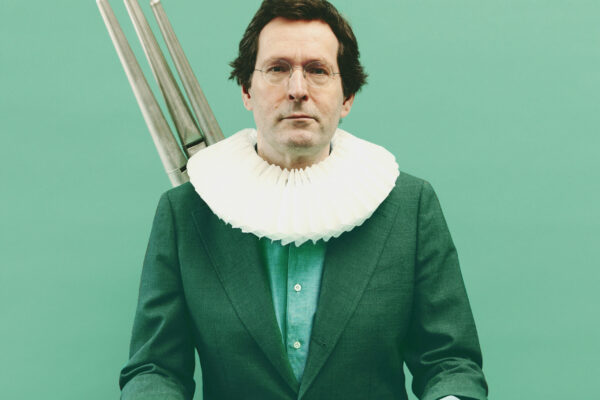Elise Dupont – Violin
Anne-Linde Visser – Viola da Gamba & Cello
Matthijs van der Moolen – Sackbut
From the liner notes of the debut album of the Castello Consort:
This is the Castello Consort’s debut CD. Can you tell us something about how the ensemble came into being, and what you have been doing until now?
The three of us (Elise, Anne-Linde, and Matthijs) met at the Royal Conservatoire in The Hague. Our first years as a group were quite experimental, and soon we exhausted nearly all of the 17th-century repertoire available to our instrumentation of trombone, violin, cello/gamba, and basso continuo. We also experimented with different continuo instruments, ranging from small chest organs to large, original 17th-century organs in high pitch. This made us very aware of the kind of sound we were looking for as an ensemble, and we started dreaming of having our own organ: a transportable instrument that would resemble a church organ, to suit our 17th-century repertoire. After four years of intensive research and fundraising this dream came true (with many thanks to those who supported us through crowdfunding!).
We love exploring different kinds of sound colours and other ways of expressing ourselves through 17th-century music. In the very beginning we focused mostly on early Italian baroque music for small chamber music settings. More recently, we started broadening both our repertoire and the size of our ensemble. For each programme we look for a sound (and instrumentation) that is most convincing for the music we play. In ‘Fantastissimus’ we challenged ourselves even more by working together with a contemporary composer, something that we enjoyed very much.
What kind of research is your ensemble involved with when finding and interpreting this kind of music, and which considerations arise when making your selections?
Sometimes we are focusing on a very specific time or place, and a lot of research can go into finding information on instrumentation, temperaments, pitch, ornamentation, and playing techniques. However, we are always trying to stay creative, and we are using our imagination to translate this music into our concert practice and the present time. For instance, in our programme ‘Symphoniæ’ we imagined which music could have sounded at the court of Leopold Wilhelm in 17th-century Brussels. And for the 400th anniversary of the death of the Dutch composer Jan Pieterszoon Sweelinck in 2021, we arranged some of his keyboard works for a typical broken consort of his time and place, after asking ourselves the question “What could Sweelinck’s chamber music have sounded like?”
We felt that there was a lot of space for creative freedom in the making of the programme for this CD. Martijn Padding was very interested in hearing our favourite repertoire, and we presented many compositions to him that connected with the Stylus Phantasticus in one way or another. Inspired by all of those composers, Martijn composed his own ‘Stylus Phantasticus’ collection, and we looked for the best early music to combine with Martijn’s finished work. While selecting these pieces, we did not want to constrain ourselves too much by focusing on only one short period in history. Our aim was to find music that would naturally weave through Martijn’s pieces. We approached the complete programme as a composition in itself, resembling both the Stylus Phantasticus and our ensemble’s spirit.









